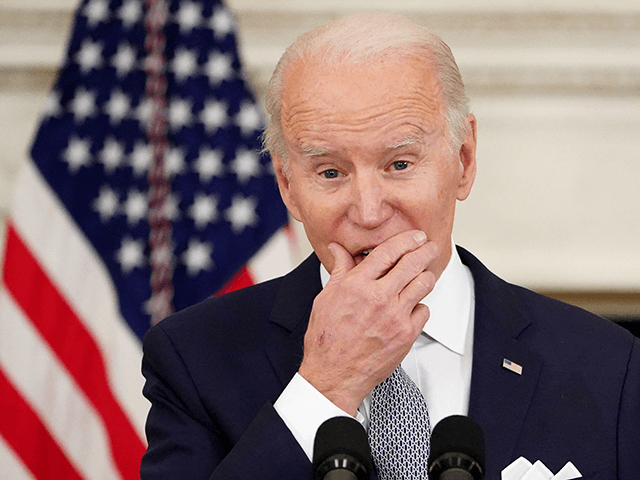Factory activity in the Philadelphia area rebounded as demand strengthened in January after a sharp slowdown in the previous month, according to a survey from the Federal Reserve Bank of Philadelphia released Thursday. Inflationary expectations of manufacturers, however, jumped to the highest level in decades.
The index for current general activity of the Business Outlook Survey rose to 23.2 in January from 15.4 in December, beating the 19.1 consensus forecast from Econoday. In November, the index had been at the very strong level of 39. But December survey’s indicators for general activity, shipments, and new orders all fall to their lowest readings in 2021.
The report also indicated that inflationary pressures continue to mount. The gauge of prices paid and prices received remained elevated and indicated widespread price hikes. The prices paid index increased to 72.5 from 66.1, back near the pandemic highs that have been the highest readings since the 1980s. The prices received index dipped to 46.4 from 50.4 a month earlier. The long-term average for prices paid is 34.5. For prices received, the long-term average is 15.
Expectations for inflation in the future also climbed. The expectations index for prices paid six months from now rose to 76.4 from 53.8, a significant increase stemming from a jump from 62.4 percent to 78.3 percent in the share of firms saying they expect their costs of goods to rise. That is the highest expected inflation reading since August of 1984. The share of manufacturers expecting to increase the prices of their goods over the next six months climbed to 65.3 from 59.5 and the share expecting to lower prices fell to 2.7 from 4.6, pushing the index up to 62.6 from 54.9.
The Philly Fed’s indexes are based on a survey of manufacturing firms in the Third Federal Reserve District, which includes eastern Pennsylvania, southern New Jersey and Delaware. The survey produces a diffusion index, which weighs increased activity versus decreased activity. Any reading above zero indicates expansion.
The Philly Fed result is a stark contrast to the Empire State Manufacturing Survey released by the New York Fed Tuesday, which showed that manufacturing growth stalled in the region in the early weeks of 2022. The gauge of new orders turned sharply negative in the New York survey, indicating that orders were actually falling.
In the Philly Fed survey, the share of firms saying they had seen an increase in new orders rose to 36.2 percent from 28.9 percent. The share saying orders had fallen rose as well, from 15.2 percent to 18.3 percent. With the bigger rise in manufacturers reporting increases, the diffusion index jumped to 17.9 from last month’s 13.7.
The shipments index rose to 20.8 from 15.3. The delivery times index fell from 31.4 to 25.2, as the share of manufacturers reporting longer delivery times fell from 29.5 percent from 25.2 percent, a positive development.
The survey’s also increased growing optimism among manufacturers. The index for expectations for general business conditions six months from now rose to 28.7 from 19.0. The future new orders and shipments indexes also rose.

COMMENTS
Please let us know if you're having issues with commenting.